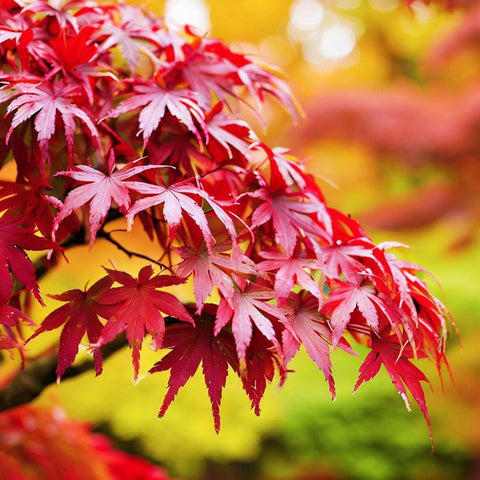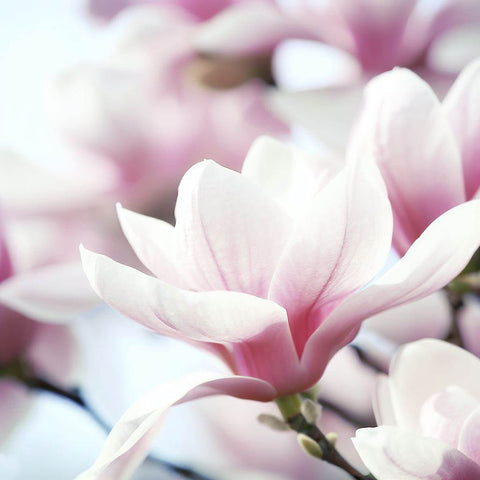Introduction
Ever marveled at the beauty of the Japanese Maple? Well, you're not alone. Its radiant foliage, graceful growth habit, and vibrant colors make it an artist’s muse and a gardener’s dream. This article will delve into the origins, types, and care instructions for this magnificent tree.
Origin and History of Japanese Maple
The Japanese Maple, native to Eastern Asia, primarily Japan, North and South Korea, and Mongolia, has graced landscapes for centuries. It has been cultivated in Japan for over 300 years, and in the West since the 1800s, following the opening of Japan to foreign trade.
Types of Japanese Maple

Japanese maples come in various shapes and sizes, with each type having its unique traits.
Acer Palmatum

Known as the 'classic' Japanese maple, Acer Palmatum has over 1,000 cultivars, varying in leaf color, size, and shape.
Acer Japonicum

This type, also known as the Fullmoon maple, flaunts rounded leaves and a stunning autumn display.
Acer Shirasawanum

Popularly known as the Golden Fullmoon maple, Acer Shirasawanum boasts of chartreuse foliage and excellent cold tolerance.
Characteristics of Japanese Maple
Japanese maples are renowned for their elegantly lobed leaves, stunning fall colors ranging from fiery red to orange, and versatility in adapting to different environments. They're typically slow-growing, which adds to their charm and aesthetic appeal.
How to Plant Japanese Maple
Choosing the Right Location
Choose a location that provides well-drained soil and partial shade. Avoid spots with extreme wind or harsh afternoon sun, which can damage the leaves.
Preparing the Soil
Ensure the soil is well-draining and enriched with organic matter. You can mix compost or aged manure to boost the soil fertility.
Planting and Watering
Plant the tree at the same depth as it was in the container. Water generously after planting and
regularly thereafter, especially during dry spells.
Caring for Japanese Maple
Pruning and Maintenance
Pruning is usually minimal, focusing on maintaining shape and removing any dead or damaged wood. Winter is an ideal time for this task.
Dealing with Pests and Diseases
Japanese Maples are hardy but can occasionally face issues like aphids or verticillium wilt. Regular inspection and early intervention can help maintain a healthy tree.
The Importance of Japanese Maple in Japanese Culture
In Japan, the Maple is an integral part of the culture, symbolizing grace and serenity. It is often seen in art, literature, and traditional ceremonies, with its vibrant fall colors signifying the changing seasons.
Conclusion
The Japanese Maple is truly a work of nature's art, a perfect blend of aesthetics and resilience. Whether it's the tree's radiant colors, its rich history, or its cultural significance, there's something truly mesmerizing about the Japanese Maple that continually captures our admiration.
FAQs
-
Q: How tall can a Japanese Maple grow?
A: Depending on the variety, a Japanese Maple can grow anywhere from 2 to 30 feet tall. -
Q: Are Japanese Maples easy to care for?
A: Yes, Japanese Maples are relatively low-maintenance trees, requiring minimal pruning and are adaptable to various conditions. -
Q: How long does a Japanese Maple tree live?
A: With proper care, a Japanese Maple can live for over a century. -
Q: Can Japanese Maples grow in full sun?
A: Yes, but they prefer a location with partial shade to protect the leaves from scorching. -
Q: When is the best time to plant a Japanese Maple?
A: The best time to plant is in spring or fall, when the tree is dormant and the soil conditions are optimal.






























Comments (0)
There are no comments for this article. Be the first one to leave a message!